Let's Talk About
Surprise & Delight.
02/15/17
You can implement it via code, copy or interaction design. You can bury it in a subtle manner which reveals itself to your users in a playful and unobtrusive fashion"
In the realm of design, the term "Surprise and Delight" has become rather exhausted. A few years ago, the notion of adding surprise and delight to websites and applications shot through the design community like a rocket. It seemed everywhere you'd turn there was a UI engineer or User Experience Designer espousing the virtues of this product design tactic. However, like most trends in interaction design (think flat design obsession, parallax scrolling or video backgrounds, etc) the community became bored hearing about the practice. There were even some professionals who rallied against the implementation of surprise and delight, posting rebuttal blog entries on the foolishness of the practice. Among the flurry of evangelists and naysayers, it isn't hard to see how the concept became a bit murky. But before taking a side on the issue - how do we define it? What is surprise and delight?
What does it mean
Perhaps the most basic definition for surprise and delight is, reminding users that the product/service they are interacting with is human. Brands and companies can accomplish this by crafting "unique" or special moments with users, by issuing gifts and/or creating personalized digital experiences. That might sound impressive when pitched to a company marketing officer - but what does that mean for the rest of us? After all, the elasticity of the concept affords product designers so many opportunities to leverage it. So how do designers and builders carry out this relatively abstract concept?
The truth is, the concept of "surprise and delight" isn't so concrete. You can implement it via code, copy or interaction design. You can bury it in a subtle manner which reveals itself to your users in a playful and unobtrusive fashion. Some products use clever microinteractions (buzz-word alert) coupled with quippy human responses, others leverage personalization in all of their communications.
Let's look at some examples
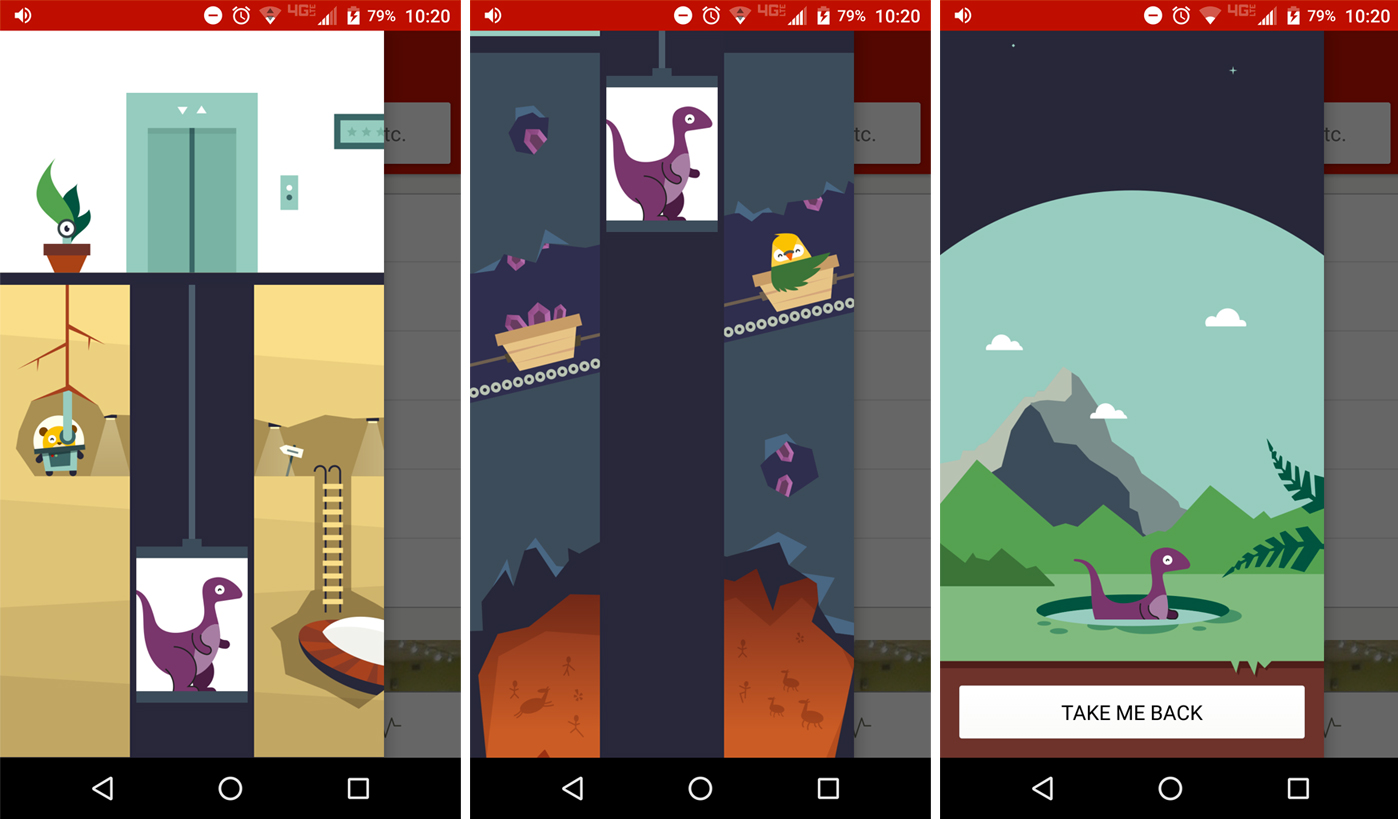
Yelp's Dinosaur Easter Egg
Yelp's Android application has a small easter egg hidden inside the menu drawer. When users open the left panel menu and scroll vertically downward past all of the navigational content they are treated with a charming dinosaur animation. The dino enters an elevator shaft and travels down to the center of the earth. This lesser known animation component is a perfect example of delighting users in a small and expected way.
I can already sense some readers rolling their eyes. Is a clever and well-hidden animation going to dramatically increase conversions? No, probably not. But does that mean that a brand shouldn't take an opportunity to delight its users? These small and dedicated experiences do make the difference between a stoic brand and a more playful one. Small opportunities for delight like Yelp's dino animation have a cumulative effect when they are combined with a brand that has a strong sense of identity and voice.
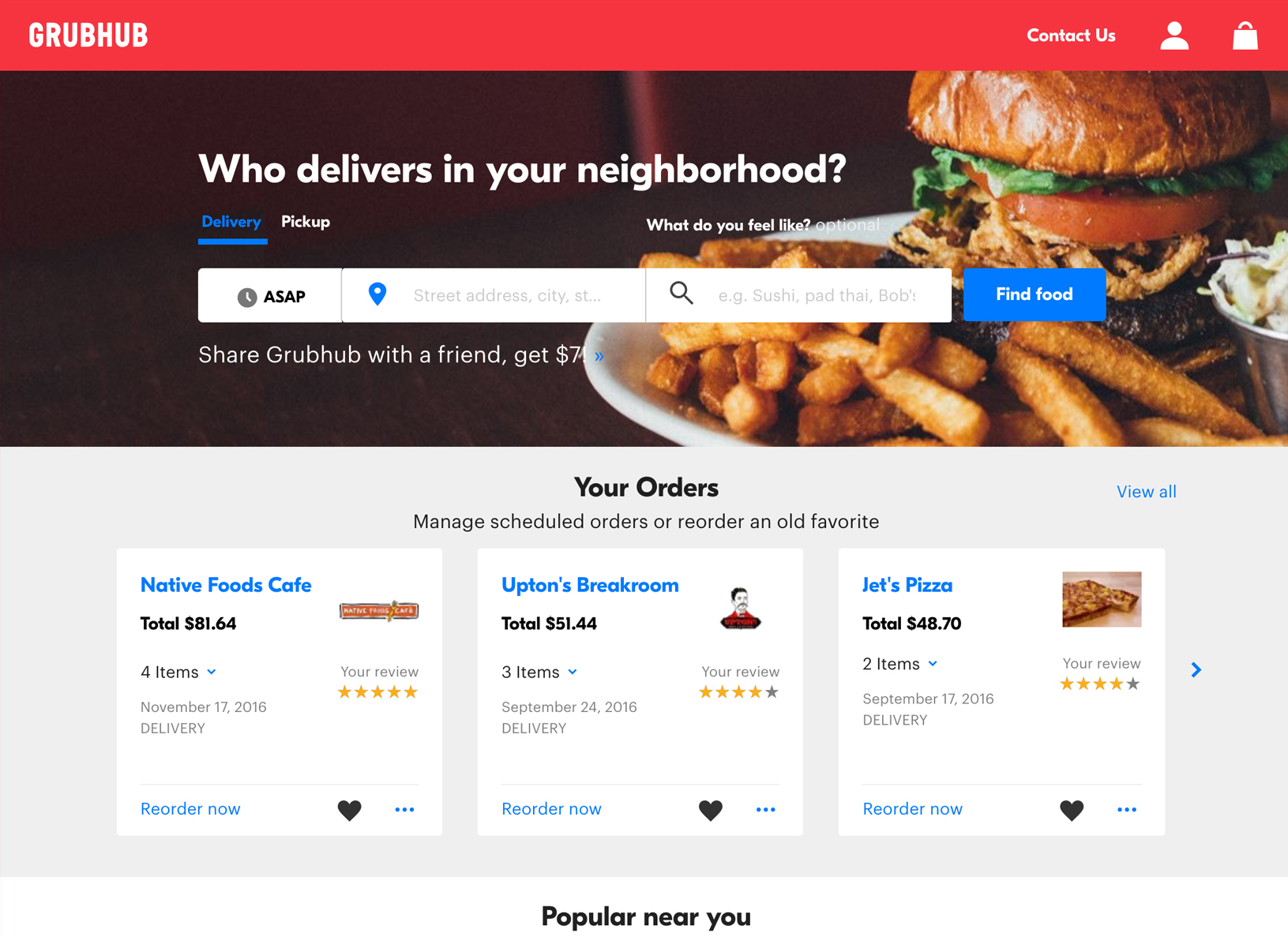
Grub Hub
Grubhub presents users with a simple interactive card game that offers discounted menu items when the correct card is overturned. Yummy Rummy can only be activated after a specific amount of orders have been placed on the platform (desktop or mobile). Losing cards offer players witty memes and links to YouTube videos. GrubHub's Yummy Rummy is both a clever way to keep customers engaged and goes a long way in the personality department of the brand.
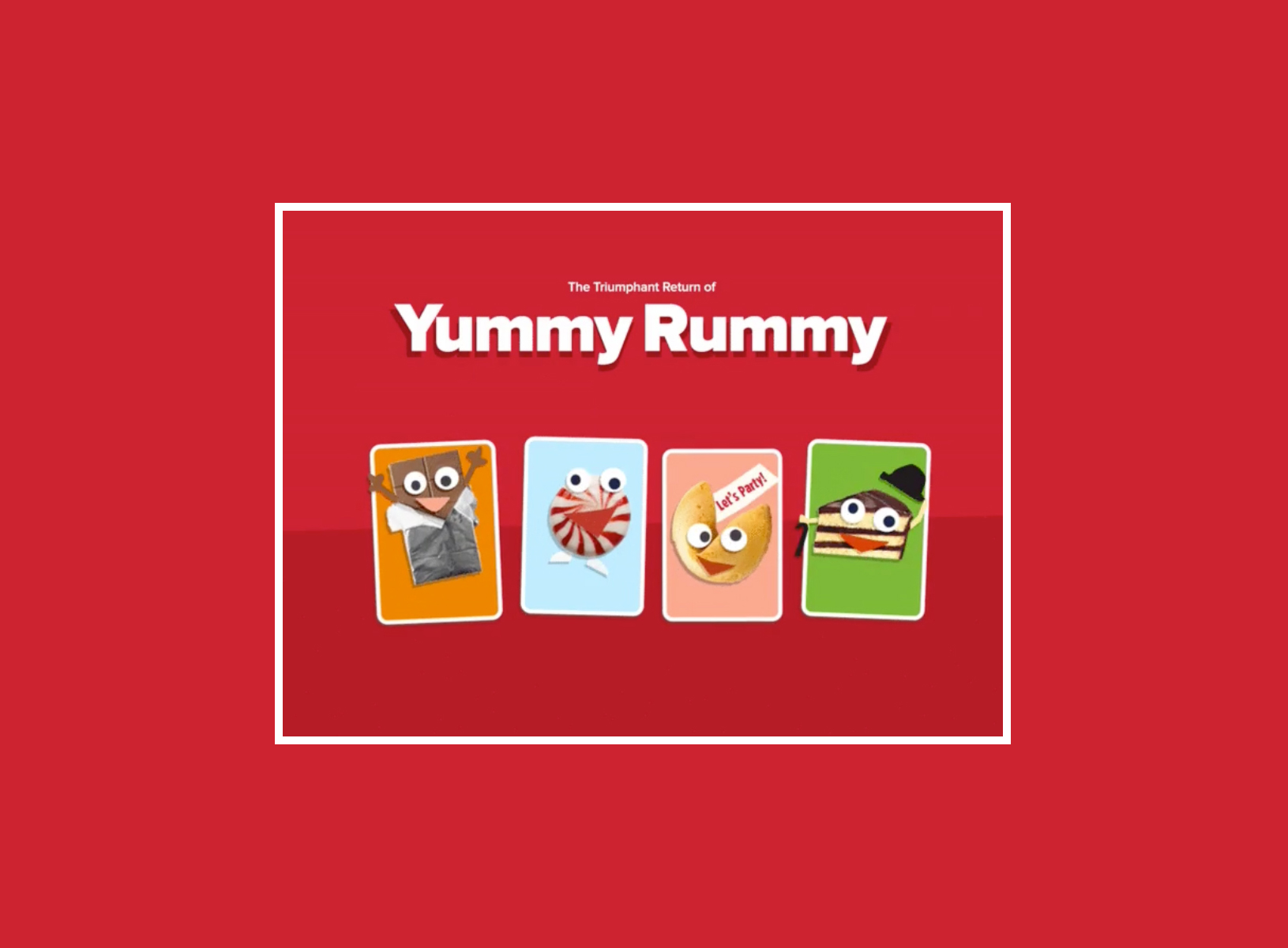
Grub Hub's Yummy Rummy
Furthermore, GrubHub highlights the concept of "reciprocity" in product design. Think of reciprocity as quid quo pro of information or data exchange. GrubHub offers users something in return for participation on their platform. Not every game of Yummy Rummy results in a discount - but the potential for reward (wrapped in a gamified experience) makes the process all the more engaging. More on potential rewards and our human psychological response to them later.
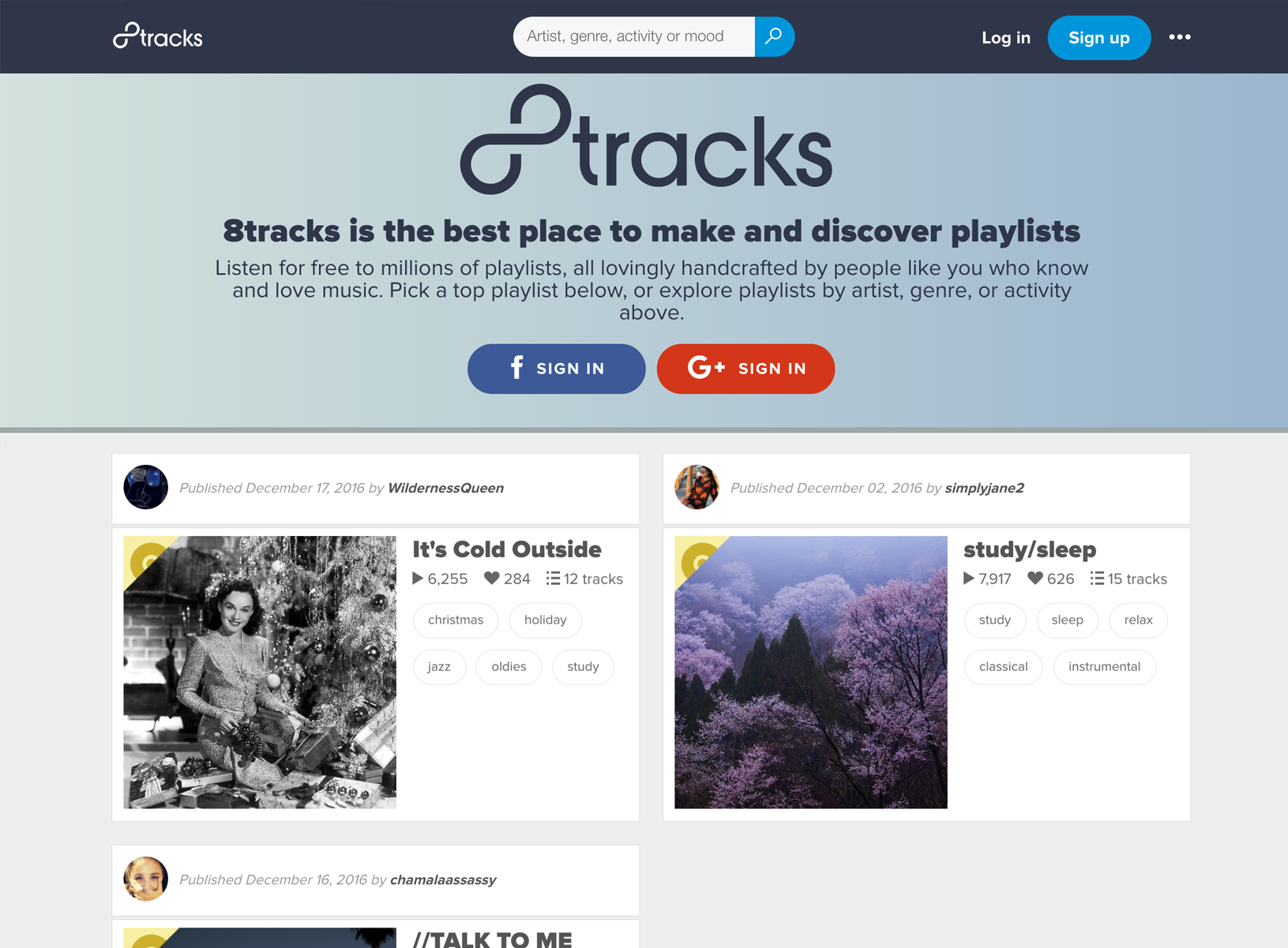
8Tracks
One of the brands that has been effortlessly injecting personality into their product for years is 8tracks. If you aren't familiar, 8tracks is a playlist/music discovery service that allows users to generate their own playlists and share them among a massive community of music lovers. 8tracks has such a strong command of who they are as a brand, that I actually find myself looking forward to receiving the notification of their mobile app updates. Thanks to the witty banter of the editorial team at 8tracks, I've become more invested in what the copywriters have to say and less concerned with the technical changes or updates to their application. The company extends this practice to other aspects of their product, including push notifications and playlist recommendations.
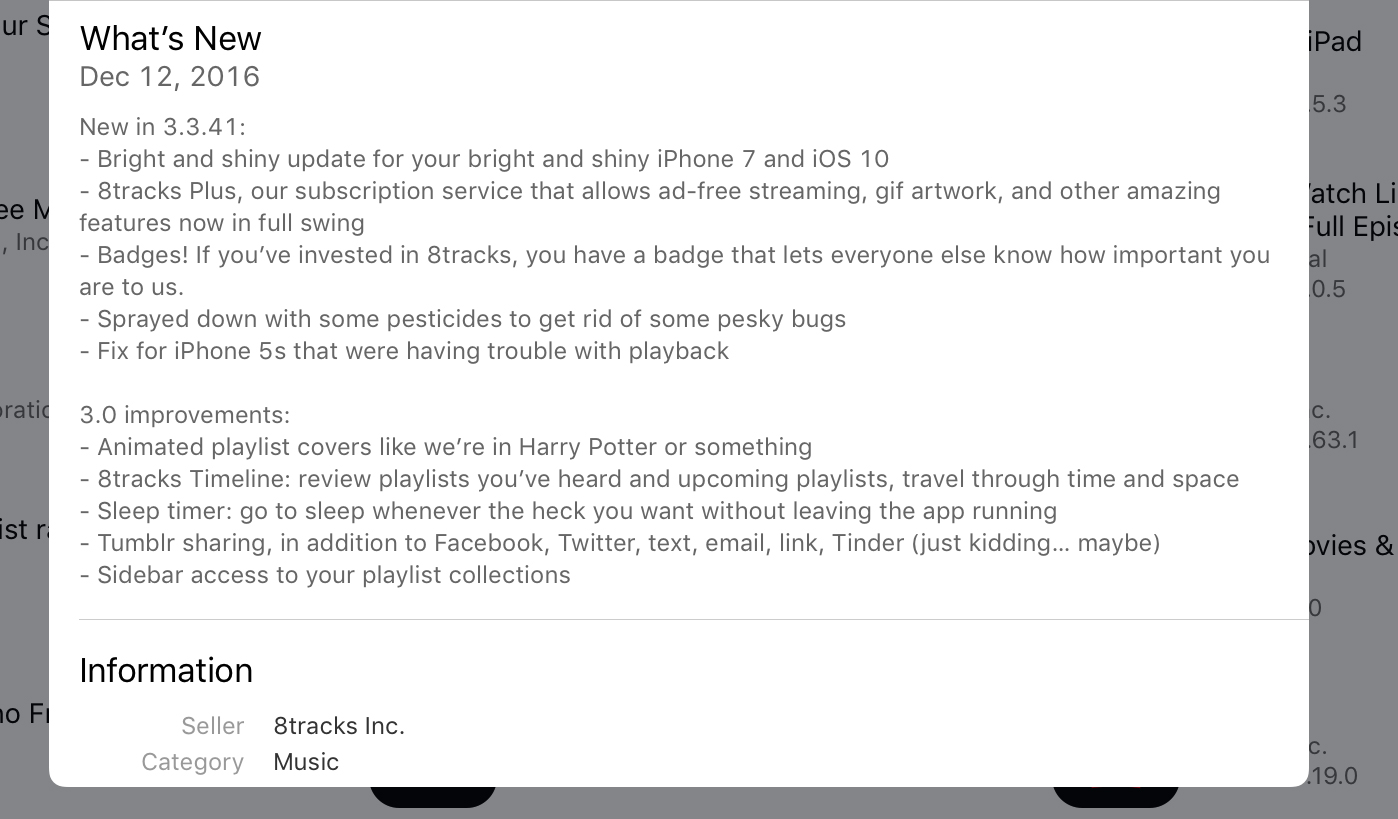
8tracks iOS update
Strong personality allows 8tracks the opportunity to delight their users in a way that is uniquely their own. 8tracks has a specific point of view, and it is one that the company established from the outset. They have personality in places some marketers don't even expect users are looking (device preferences and update logs).
When you apply a comprehensive approach like that, you open up opportunities to bury more surprise for users hidden in places that aren't typically expected. Can you begin to see how the chance to offer discounts, freebies and other forms of delight begins to expand? What about rewarding users with a free month or premium access to your app if they find the link buried in privacy policy? Surprise and delight doesn't only mean cute animations or personalized emails.
Applying It
Not shockingly, surprise and delight shouldn't be a central tenet of product design. Instead, delighting users should be something that UI engineers and UX professionals seek to incorporate in small meaningful ways. The practice is an extension of a more comprehensive UX - acting as a supporting tier of a solid experience strategy. Not everyone loves a surprise, and not every brand should be scrambling to inject personality at every turn. Consumers can sense when a brand suddenly attempts to shift voice and tone to pander to them.
I mentioned earlier we'd touch on the psychology of reward, so lets take a look at some science. That's right, science. I don't only wake up to face my mortality and the failure to meet my full potential on a daily basis... I also pay attention to neuropsychology. Neuroimaging (duh, that means an MRI) shows evidence that intermittent or less-predictable surprise/rewards trigger greater activation of the ventral striatum. Oh so now you want to know what the striatum is? It is a large portion of the basal ganglia in the human brain which acts as part of the reward system. These findings can be interpreted as evidence that the introduction of sporadic surprise elicits a greater response from users. In short, the lack of expectation increases the effect of the surprise. But did you really need to look at a scientific study to arrive at that conclusion? That stuff is mostly for dorks, I just cited it to make you trust me. And for the record, yes, I am a dork.
Any of the examples listed in this article work to enhance an already thoughtful user experience. Surprise and delight successfully takes into account the existing personality of the brand and the user base. The ultimate goal of most products reaches beyond conversion. It really comes down to loyalty.
